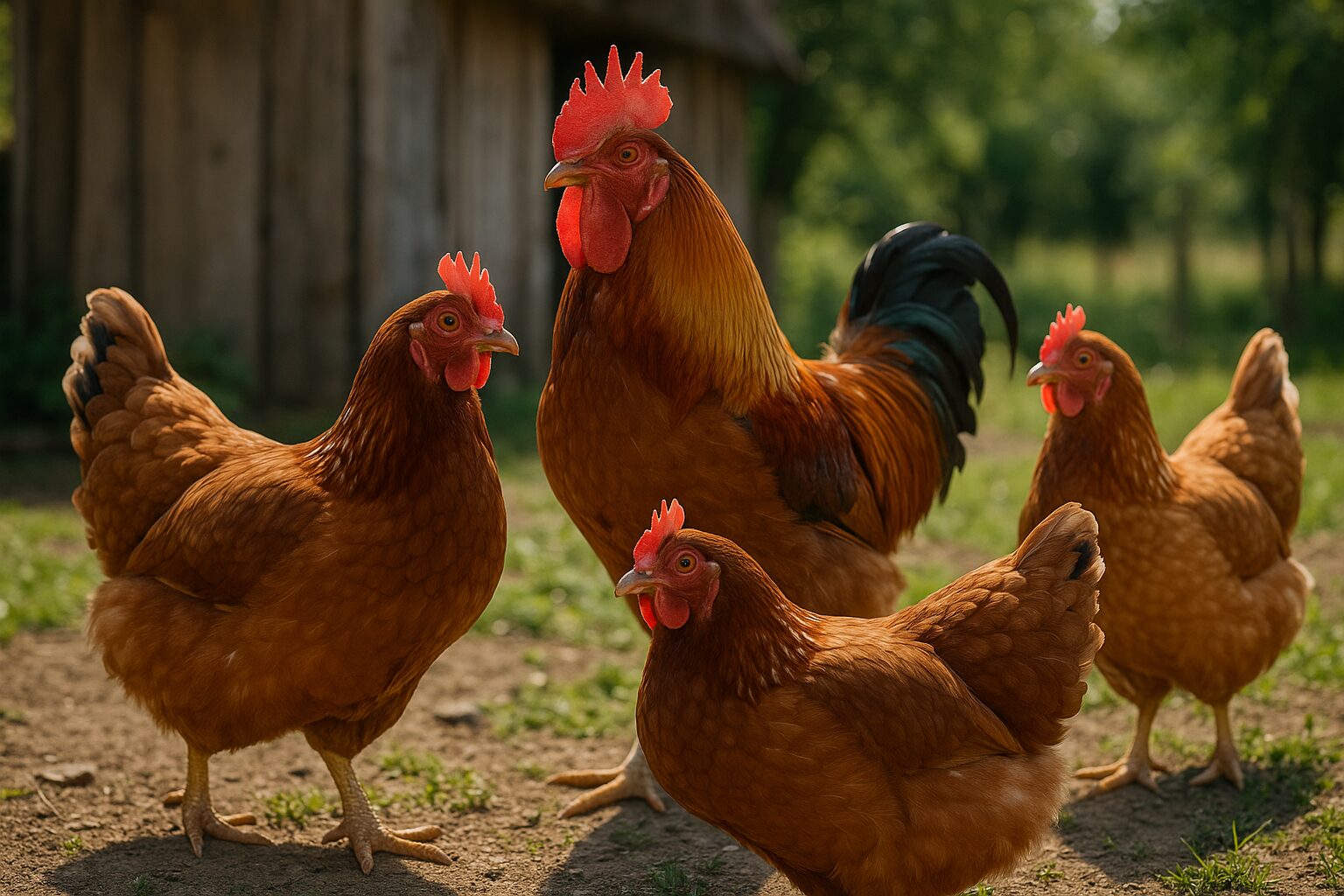
Raising chickens at home continues to grow in popularity across the UK, especially among those looking to live more sustainably, reduce food waste, or enjoy fresh eggs. But while feed, breed, and welfare are often discussed, one area that deserves more attention is the type of housing you choose for your flock.
For anyone keeping chickens in a garden or backyard, the chicken coop isn’t just a shelter, it plays a key role in their safety, comfort, and long-term health. And when it comes to balancing durability, ease of use, and flock welfare, hybrid chicken coops are becoming an increasingly popular choice.
What Is a Hybrid Chicken Coop?
Hybrid coops are built using a mix of natural wood and synthetic materials; typically a timber structure paired with a plastic or resin roof. This design offers several practical benefits:
- Weather resistance: Plastic roofing is rot-proof and helps prevent damp, ideal for the UK’s wet climate.
- Longevity: Hybrid materials last longer with less maintenance than all-wood designs.
- Ease of cleaning: Most come with removable trays and access panels that simplify regular upkeep.
These features make hybrid coops a great option for people who want the charm of a traditional wooden house with the practical benefits of modern materials.
What Should You Look for?
When choosing a hybrid coop, it helps to consider the size of your flock and how much free-ranging they’ll be doing. Ventilation, access points, and predator protection are also essential.
Look for:
- Internal nesting boxes
- Secure doors and locks
- Raised bases to reduce damp
- Easy-access cleaning trays
- Good airflow without draughts
Some coops also include adjustable leg caps or slanted roofs to improve drainage and insulation.
Tried and Tested Options
Among the many hybrid coops available, a few models consistently get good feedback from owners.
The Eco Barn Chicken House, for example, blends a classic barn shape with a rot-free plastic roof and metal-lined cleaning tray. It’s compact enough for smaller gardens but still roomy enough for 5–7 medium birds.
Another well-regarded option is the Cocoon ECO 10002N, which accommodates up to 8 standard hens or 10 bantams. With its generous nesting area and solid build, it’s a practical choice for slightly larger flocks.
Both options reflect a growing trend toward thoughtfully designed backyard coops that prioritise both animal welfare and owner convenience.
Final Thoughts
As more people embrace the rewards of keeping chickens, investing in a well-made hybrid coop can make all the difference in daily care and long-term flock health. Whether you’re just getting started or looking to upgrade, the key is choosing a design that works for your space, your birds, and your lifestyle.
To learn more about hybrid and wooden coops available in the UK, you can browse a selection at www.chickencoopsandhouses.co.uk.
Collaborative Content

